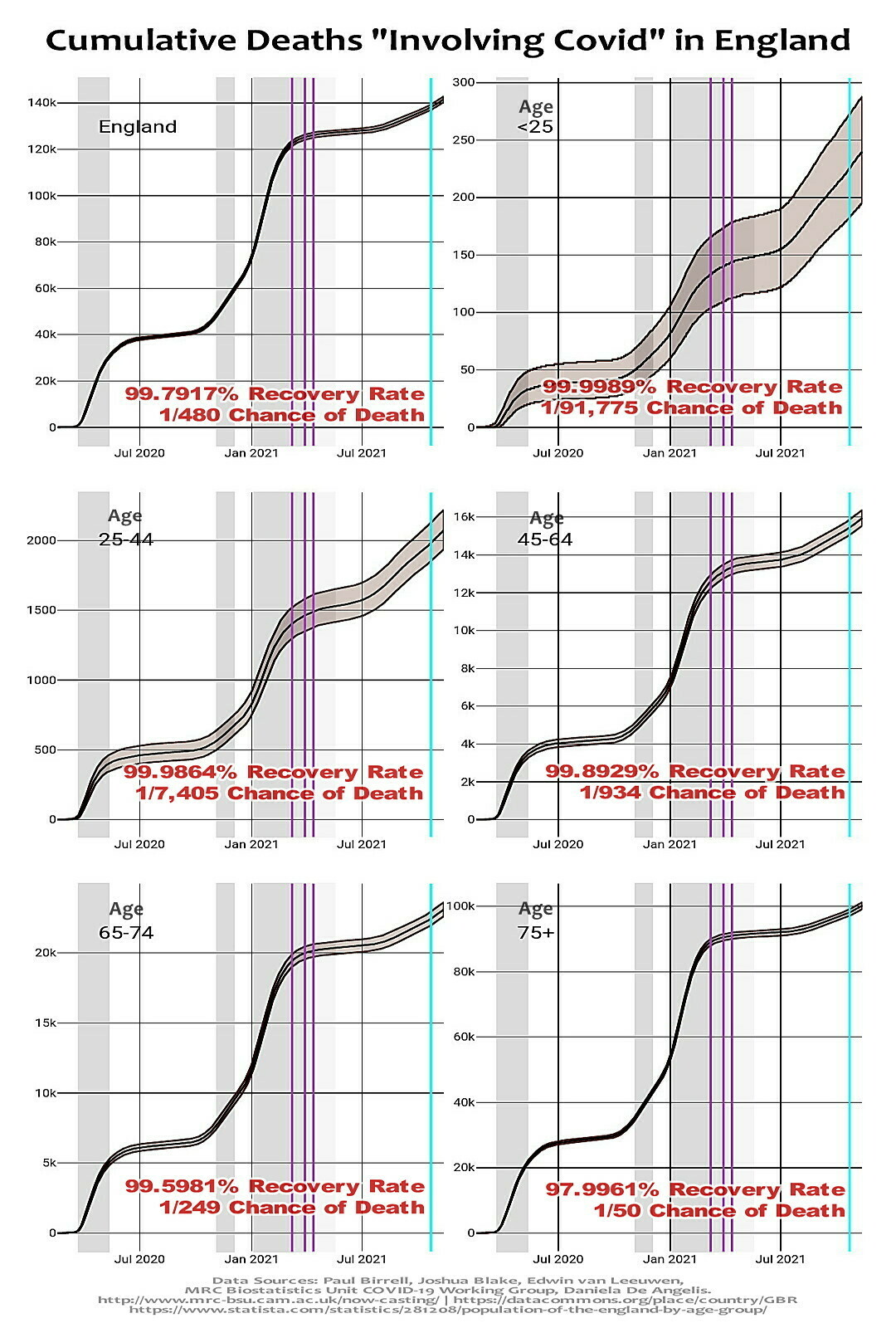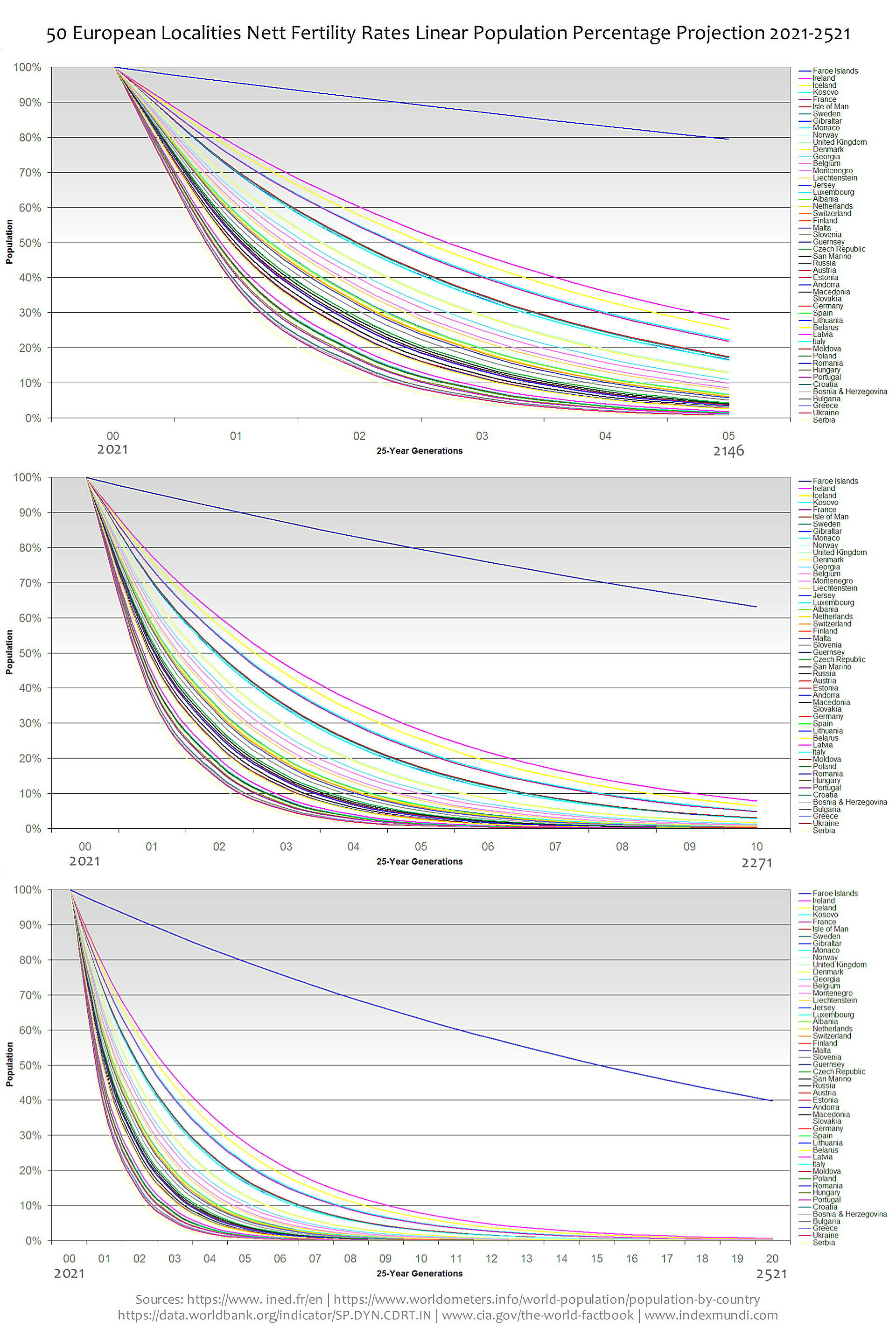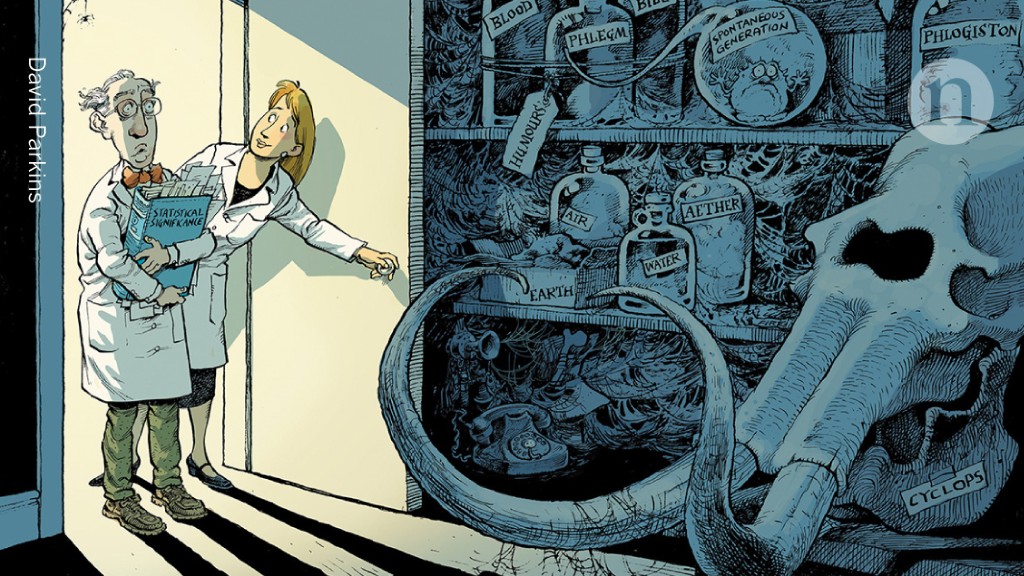#probability
Just don't make the mistake of calling it "predestination".
♲ earthling - 2024-05-09 01:30:01 GMT
Everything Is Predictable: How Bayesian Statistics Explain Our World by Tom Chivers, 2024A captivating and user-friendly tour of Bayes's theorem and its global impact on modern life from the acclaimed science writer and author of The Rationalist's Guide to the Galaxy.
@bookstodon
#books
#nonfiction
#probability
#BayesianStatistics
#BayesTheorem
A quotation from Russell, Bertrand
When one admits that nothing is certain one must, I think, also admit that some things are much more nearly certain than others. It is much more nearly certain that we are assembled here tonight than it is that this or that political party is in the right. Certainly there are degrees of certainty, and one should be very careful to emphasize that fact, because otherwise one is landed in an utter skepticism, and complete skepticism would, of course, be totally barren and completely useless.
Bertrand Russell (1872-1970) English mathematician and philosopher
“Am I an Atheist or an Agnostic?” sec. “Skepticism” (1949)
#quote #quotes #quotation #certainty #skepticism #judgment #likelihood #moderation #probability
Sourcing / notes: https://wist.info/russell-bertrand/67789/

In order to be "diverse" and "inclusive" we must first understand human diversity in all its facets, including but not limited to phenotypic characteristics. This effort necessitates comparisons and contrasts.
#gracekelly #popepiusXII #phenotypes #dei #diversity #inclusion #ethnicity #genotypes #indoeuropean #afroasiatic #europe #usa #neareast #middleeast #african #asian #uk #jew #jewish #jews #abrahamism #religion #abrahamicideologicalcolonialism #control #proportion #probability #representation #evolution #adaptation #humandiversity
…for context, in the same timeframe, Americans died of the following non-gun-related causes:
318,792 of heart disease
277,389 of cancer
103,095 of unintentional injuries
74,657 of stroke
65,240 of lower respiratory disease
54,724 of Alzheimer's
47,343 of diabetes
14,700 deaths from mass shootings in 138 days is 106 deaths per day on average in a nation of 335,000,000 people.
This means that each day, each American has an average 1 in 3,144,898 chance of being a victim of a mass shooting; a probability of 0.0000318%.
#massshooting #guncrime #gundeaths #death #assaultweapons #assaultweaponban #automaticweapons #secondamendment #usconstitution #statistics #wion #probability #risk #governmentpower #history #tyranny #usa #uk #india
Cover for my Clojure Data Science book https://yu7.in/6s3a2
#Clojure #Programming #DataScience #ArtificialIntelligence #MachineLearning #Statistics #Probability #Mathematics

Reactionism and Victory.
#reactionism #victory #philosophy #formulation #conservatism #usa #suntzu #understanding #systems #orchestration #manipulation #uk #judeoangloamericanempire #eu #corporatism #neoliberalglobalism #neoliberalism #westerncivilization #selfunderstanding #criticalscrutiny #analysis #intuition #empiricism #un #probability #politics #politicalpower #politicaldichotomy #advice #2cents
GOFAI and Motecarlo Simulation added in Introduction to DataScience
https://www.buymeacoffee.com/mindaslab/gofai-motecarlo-simulation-added
#MachineLearning #ArtificialIntelligence #DataScience #julialang #Probability #Mathematics

Snapshot of data from Cambridge University tracking the death rate attributed to Covid-19 in England from July 2020 to July 2021, with added percentage recovery rates & probabilities of death based on this & the population of each age group.
#covid #covid19 #coronavirus #UK #ukdata #ukdatareveals #statistics #biostatistics #mrcbiostatisticsunit #cambridge #covidstatistics #mrna #mrnavaccines #information #graphs #charts #data #analysis #deathrate #deathbyagegroup #probability #recoveryrate #plandemic #ade #antibodydependentenhancement




Population projections for 50 European localities based upon current European nett fertility rates.
If you can't see the details clearly, please zoom in, or otherwise download and zoom in on your device.
#population #populationcontrol #birth #birthcontrol #births #fertility #fertilityrate #birthrate #birthrates #populationreduction #projection #populationreplacement #europe #europeans #indoeuropean #white #whitepeople #protoindoeuropean #extinction #family #reproduction #reproductiverights #procreation #baby #babies #children #offspring #replacementmigration #globalism #globalists #neoliberalism #elitism #elites #puppetpoliticians #statistics #stats #probability #charts #graphs #data #information #mathematics
So how many COVID-19 virons have there been?
In discussing various dubious fringe theories concerning COVID-19, PZ Meyers notes that a "low" 3% probability of a genetic occurrance ... becomes a near certainty when you have a viral population numbering in the trillions.
But is even that estimate sufficiently high? What is the global population of SARS-COVID-2 viral particles (virons)? And more impportantly, how many generations of virons have existed? My estimtaes here are still likely low but give some idea of scale.
An NIH preprint suggests 1-100 billion particles exist per human host.
https://www.ncbi.nlm.nih.gov/pmc/articles/PMC7685332/
The human body, comparatively, consists of roughly one trillion cells. If everyone on Earth could get a piece of you, they'd each net about 100 cells.
Worldometers currently lists 180 million confirmed cases (certainly a major undercount, though for order-of-magnitude estimates, close enough).
https://www.worldometers.info/coronavirus/
It's easier to discuss these quantities in magnitudes rather than amounts, especially as multiplication and division become addition and subtraction. In magnitudes, we're talking of 10 to the power of the magnitued, so 3 is 10^3^, or a thousand, 6 is 10^6^, or a million, 9 is 10^9^, or a billion, etc.
In magnitudes, we're talking 9--11 virons per person and 8 persons, so 17--19 total viron particles globally.
That's 10^17^ -- 10^19^ particles. And likely far more with not only under-counted cases, but multiple generations of virus replication. Each individual viron is a genetic game, test, and outcome.
A trillion is 10^12^, subtracting magnitudes, we have 10^5^ -- 10^7^ trillions of particles, 100,000 to 10 million trillions.
At these scales, single-digit percentages are well within the error range of our estimate. Again, there are tens of thousands to tens of millions of occurrences of a 3% probability.
"Unlikely" is "overwhelmingly probable."
To be fair, PZ Meyers was referring to the likelihood of occurence of genetic variants in a lab setting. Roughly ten humans equivalent viral load would meet that trillion mark. And the same conclusion holds: 3% of a trillion remains an overwhelmingly large number (tens of billions), making the "unlikely occurrence", even if it were one, a certainty. The only question becomes whether it is a beneficial adaptation (from the viruses point of view) to the envrironment.
Which is us.






